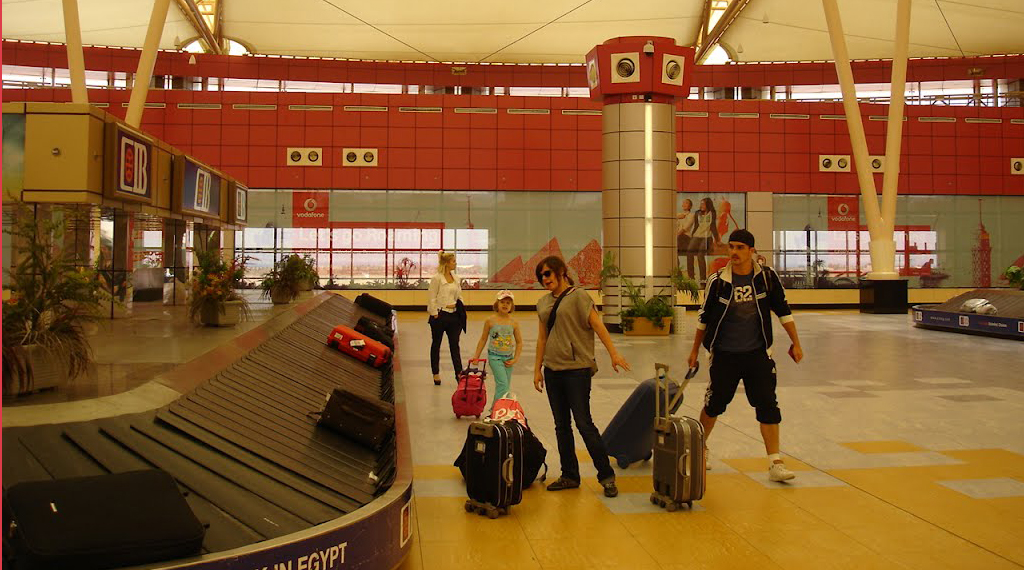Ramadan was once a month of worship and prayer, but it has now transformed into a race to buy and consume ever larger quantities of goods. This problem exists across almost all the whole of the Islamic world, and nowhere more so than in Egypt.
From the dawn of time the people of the Middle East have been highly regarded for their generosity, and noted for taking pride in feeding guests and people in need. When Islam appeared almost 1,400 years ago this generosity was enveloped into the holy month of Ramadan. Many of Egypt’s poor only taste meat during Ramadan, and the Rahman tables that serve free meals during the Holy Month are funded by charitable donations. The numbers benefiting from these free meals are an indication of the tremendous amount of consumption throughout the holy month, when the total food spend now stands at US$6.5bn.
With 60 to 70 per cent of what families spend during Ramadan going on food and drink, a daily problem can become an annual crisis. And when the rising prices and the monopoly of certain products hits the family budget so hard, consumers want to know the reason. Merchants and the government are each accusing the other of responsibility for price rises, while consumers accuse wholesalers of competing with one another in the pre-Ramadan scramble for goods on the market and take advantage of consumer needs to raise prices as they please. Merchants, however, say goods come to them at high cost because of rising transport costs. The Government, for its part, is calling on the public to reduce consumption, but only basics and avoid extravagance.
The Consumer Protection Agency (CPA) is making a great effort to monitor food prices in the holy month of Ramadan by enlisting the help of 68 civil organisations all over the country to ensure the availability of goods at reasonable prices. CPA director Major-General Atef Yacoub told The Middle East Observer that if the agency found any price hikes it informed the Minister of Supply’s office, which in turn took the necessary action. The monthly provision of the government’s 7 pounds per person in Supply has a positive impact on purchasing power in Ramadan, since it is a portal to the integration of cash and in-kind support.” However, Yacoub says, in reality there is another situation on the ground. According to a report by the Chamber of Commerce, the crisis in the dollar exchange rate has impacted negatively on the food commodities Egypt imports from abroad. Where poultry has gone up 20 per cent, as have prices of some seafood such as shrimp and squid, owing to a corresponding fall in supply as the winter fishing season ended, it is worth looking at the prices of goods during the first week of Ramadan according to the goods price bulletin of the Centre for Information and Decision Support Council of Ministers.
Vegetable prices were influenced by the frost that hit most of the country, while fruit prices were relatively stable at the start of the trading week.
Tomato prices achieved relatively higher levels last week, registering LE1 to LE4 per kilo, an increase of 50 piastres to LE1.2 during the week following the spell of cold weather.
Municipal pepper rose to a record of LE3 tp LE9 per kilo, up by 100 piastres compared with the beginning of last week’s trading in some markets.
Okra registered rose from LE2 to LE18 per kilo, down by LE2.
Taro reached LE2 to LE10 per kilo, down 100 piastres.
Yellow pepper rose LE1 to LE6 per kilo, up 100 piastres.
Potato prices approached a decrease of 100 piastres to between LE1.50 to LE4 per kilo.
Garlic rose from LE5 to LE20, up 50 piastres, with a municipal option of LE2 to LE6 per kilo.
Onions registered from LE1.5 to LE4 per kilo, down 100 piastres.
Beans registered LE2 to LE10 per kilo, down 50 piastres compared with prices at the start of last week.
Spinach recorded LE1.5 to LE8.
Watermelon reached a record price of LE25 to LE25 per fruit.
Peaches registered prices from LE10 to LE15 per kilo in the sector.
Oranges registered prices ranging from LE5 per kilo.
Mangoes reached LE8 to LE20 per kilo.
Grapes reached LE10 per kilo.
Municipal apples registered LE6 to LE12 per kilo.
Lime prices ranged between LE2.5 and LE10 per kilo, down LE2.















